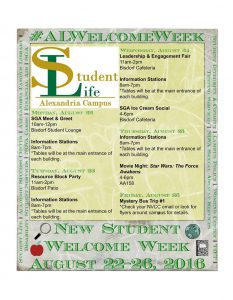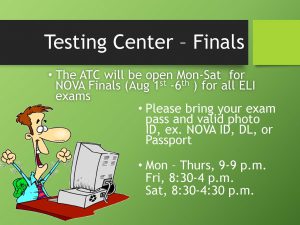 You’re coming up on the halfway point in the semester. How are you doing? Great? Not so good? Or can’t tell, because you don’t have usable goals?
You’re coming up on the halfway point in the semester. How are you doing? Great? Not so good? Or can’t tell, because you don’t have usable goals?
Goals are the basis of all your plans.
You have to get good at goal setting and achieving. Here are the four steps you must do, over and over:
- Where are you now? Be honest.
- Where do you want to be? Set your goals.
- Plan backwards, step by step. Look at the intermediate steps to lead you there.
- Find the steps you can take tomorrow. Take action immediately! As soon as possible! There is always something you can do now to move you forward.
Action step:
Right now, schedule time away from your friends and unplug. 1 hour minimum. 1 full day is better. Use that time to do this review.






